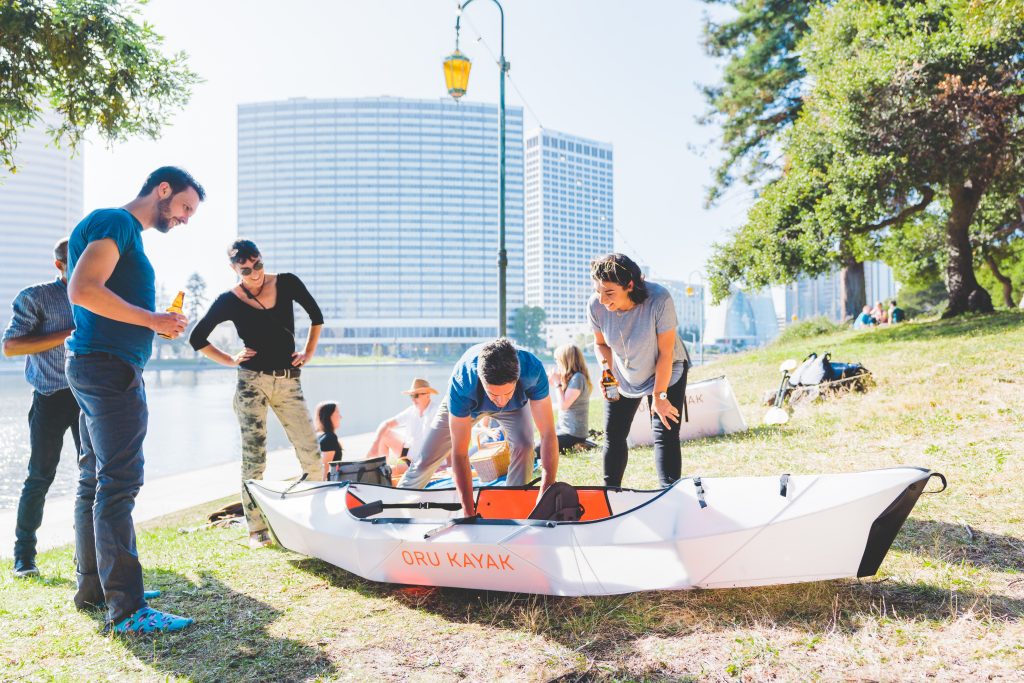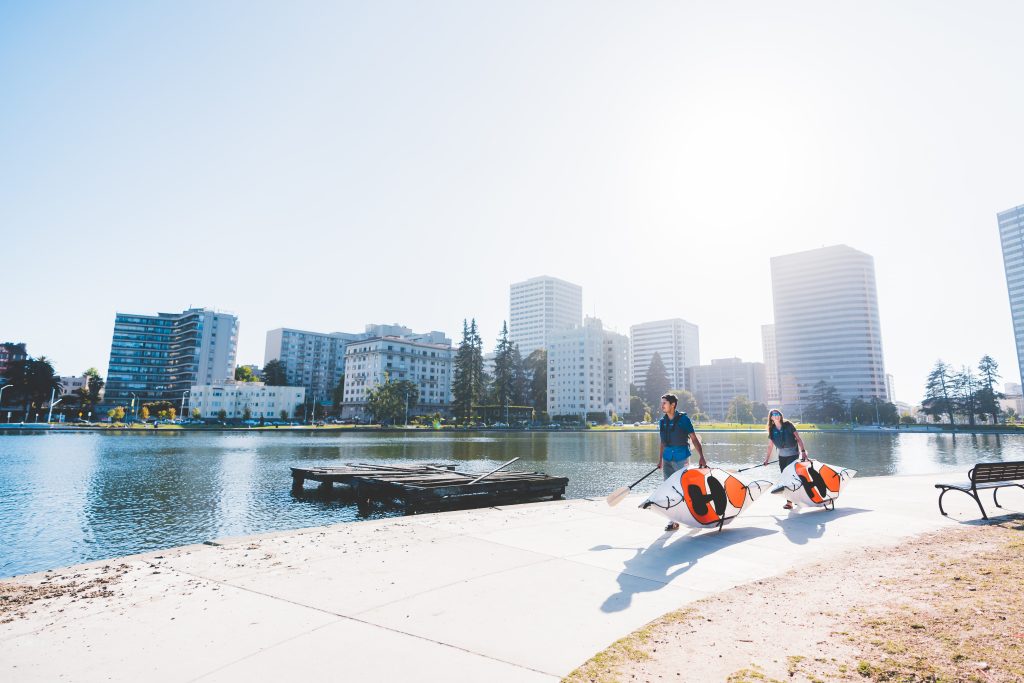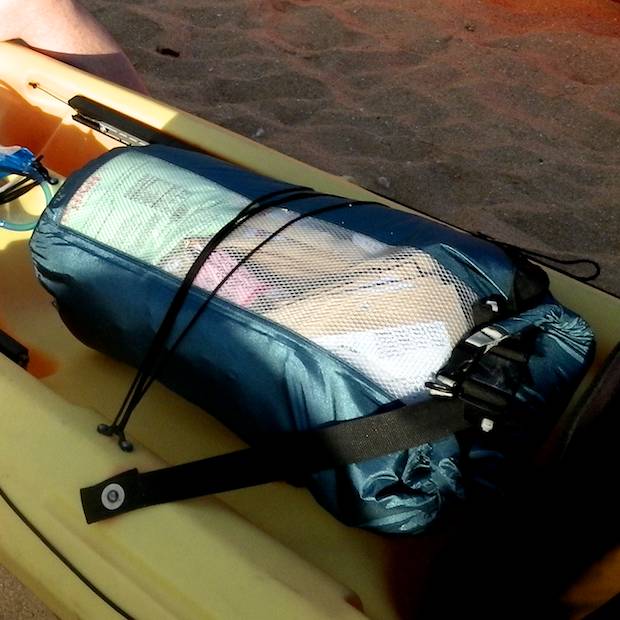Oru Kayak’s Inlet Makes Kayaking More Accessible
Available on Kickstarter now, a 10 foot kayak that folds down to the size of a suitcase

Many desire time out on the water, but few have the space to store a boat or full-length kayak. Oru Kayak, on the other hand, aims to make kayaking more accessible. Their offerings, which fold down to manageable sizes, are inspired by origami and work the same as any other vessel. While they launched their first product on Kickstarter seven years ago, they return to the platform to debut their most innovative design yet, the Inlet—a 10 foot kayak with adjustable foot and back rests and unmatched maneuverability.

“Oru Kayaks are very different from traditional collapsible kayaks, which are either skin on frame—think of a tent mimicking a kayak—or inflatable. We pioneered the origami folding kayak in 2012; origami technology allows for the performance of a hardshell—inflatables have terrible in-water performance—and simple assembly—skin on frame kayaks are far more difficult to unfold,” Founder and Chief Designer Anton Willis explains. “The Inlet is our first foray into the recreational market, taking our performance-tested technology to a more beginner-friendly, mass audience. To do this we’ve focussed on simplicity and ease of use as well as affordability—we believe it’s the easiest to use and most portable folding kayak on the market, without sacrificing performance.”

Meaning “to fold” in Japanese, Oru‘s do just that: they fold out into a full-length vessel and pack back down to the size of a beach chair. Perforated lines on the kayak indicate where pressure should be applied when closing one, but the kayak still boasts a sense of security and structural integrity. Willis conceptualized the brand while attending architecture school in San Francisco. Though he lived in proximity to the water, his apartment’s size restrictions forced him to store his beloved kayak elsewhere. But, after reading about Robert Lang, a physicist turned master origami artist, he was inspired to make his own pivot.

“This boat represents what I always wanted for Oru: kayaks with intuitive and quick assembly, great stability, an affordable price, and unbelievable portability,” Willis adds. “I strongly feel that the Inlet is as close as we’ve ever come to building a product that breaks all the common barriers to boat ownership.”

Oru’s other offerings are geared more toward experienced rowers. Though they undoubtedly could’ve accommodated a beginner or two, they were pricy, bigger still and proved to be a burden to hike with or store. With the Inlet, Oru outdid itself: it weighs only 20 lbs, is manufacturer-rated for 20,000 folds, can be assembled in three minutes, packs into a self-made case (40″ by 12″ by 20″) and is the brand’s first sub-$1,000 kayak. It can fit under almost any bed or couch, at the back of most closets and in the trunk of any vehicle—it’s easy to carry, too. Plus, it’s the first time Willis employed a new folding pattern since the brand’s launch.

“The new pattern was designed from the bottom to be easy to assemble and more compact than our other models,” he says. “This meant optimizing every crease line to minimize wasted space—if you were to slice open the folded up box, you’d see that all of the fold angles are such that everything nests very tightly. This has been quite an interesting design challenge. The nature of origami is that any fold line change has rippling effects across the whole form, so there has been a lot of iteration to make sure everything works together; and that the final form performs well in the water, and has fluid, sleek lines for hydrodynamic efficiency.”
The Inlet, already fully funded, is available to back on Kickstarter for $749. When it launches for retail, it’ll be $899.
Images courtesy of Oru Kayak












